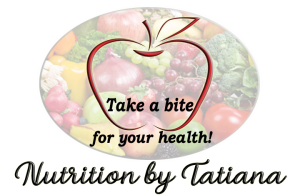A diet high in sodium is associated with an increased risk of high blood pressure. High blood pressure is a major risk factor for stroke, heart disease, and kidney disease. About 80% of our Sodium intake comes from processed foods.
High sodium/salt intake is a global problem. The WHO recommends a daily sodium intake of 2000 mg or less.
In the United States and Canada, the Institute of Medicine has set an “upper tolerable intake” level for most adults of 2300 mg/d. Dose–response calculations support a further reduction to 1200 mg/d.
In Canada, the Dietary Reference Intakes for “adequate sodium intake” range from 1000 mg/d sodium for people aged 1–3 years to 1500 mg/d sodium for those aged 9–50.To achieve these goals, national public-health policies are focusing on reformulating processed foods, educating consumers, improving food labeling and increasing the availability of low-sodium food products.
Given that almost 80% of sodium intake is from processed foods in most developed countries, collaboration with and regulation of the food industry are critical for achieving change.

Learn From the Labels
Read the labels and choose prepared and processed foods with less sodium.
Look for packaged foods that make claims about sodium or salt.
Look at the Nutrition Facts on the package
- Almost all pre-packaged foods have a Nutrition Facts table, making it easier to see how much sodium is in any given food.
- Check the percentage of the Daily Value (%DV) for sodium. The %DV tells you at a glance if there is a lot or a little of a nutrient in that specific amount of food. **Foods with 20 percent or more Daily Value of sodium are considered high.
- Use the %DV to compare food products. Compare the food labels of these two types of canned tomatoes. The regular canned tomatoes have 15 times as much sodium as the low-sodium canned tomatoes.
Label Claims – What it means
- Sodium free or Salt free-Less than 5 mg/serving
- Unsalted, or No salt added-No salt added during processing
- Low sodium-140 mg or less
- Light in sodium-50% less sodium than regular version
- Reduced sodium -25% less sodium than regular version
Tips To Reduce Sodium in Your Diet
Since most people get more sodium than is healthy from pre-packaged foods and meals purchased outside of the home, reduce your sodium consumption by choosing these foods less often.
Use herbs and spices to add flavour to your food instead of salt (i.e. Mrs. Dash or Sodium free seasonings).
Choose fresher, unprocessed foods to eat or prepare at home in place of pre-packaged, convenience foods and choose plenty of fruits and vegetables.
When purchasing prepared foods, chose brands that offer a lower sodium of the prepared foods you wish to purchase such as PC Blue Menu products.
When dining out, order dressings and sauces on the side and use sparingly.
Before you eat at a fast food restaurant, ask for nutrition information to see how much sodium is in the food on their menu or check their menu and nutrient analysis at hem ahead of time. Many food chains make nutrition information available online or posted in their outlets for customers’ review.
Tatiana Pyper, Registered Dietitian
Nutrition by Tatiana
519-319-9456
[email protected]
